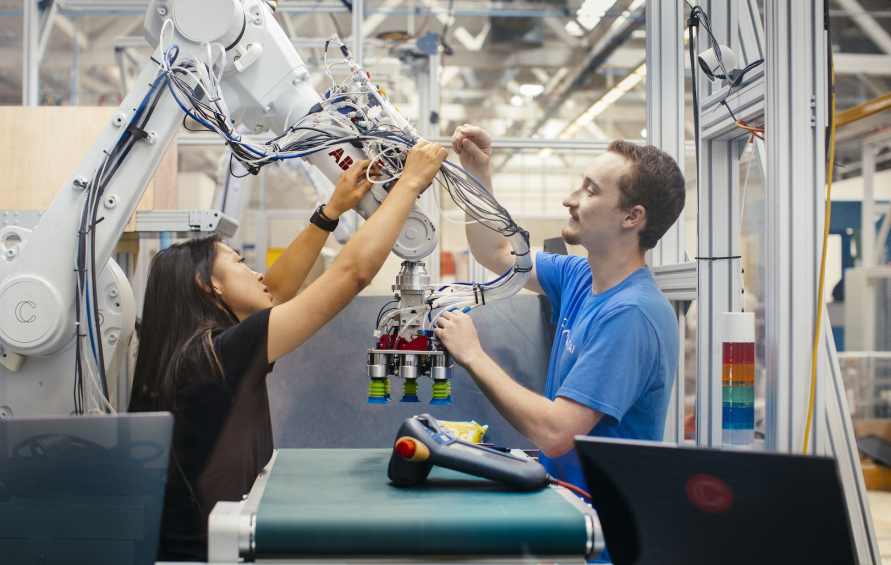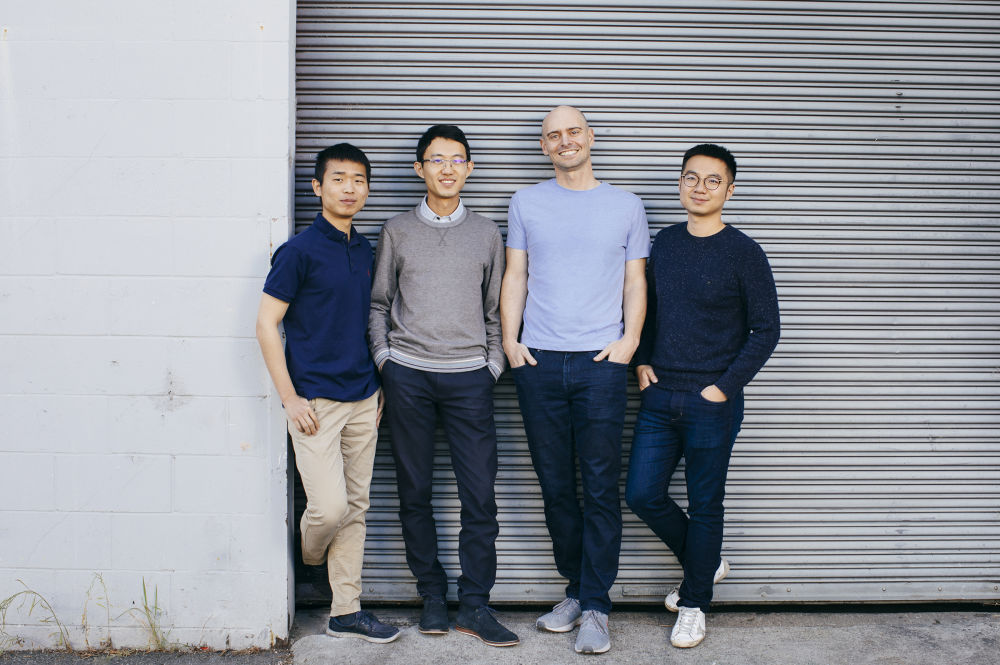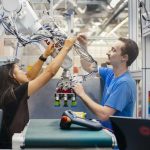AI Robotics tech startup Covariant raises $80M funding to build AI robots that can see, reason, and act on the world around them

Since the first industrial robots were introduced in the early 1960s, millions of robots have been deployed globally and their impact is undeniable. Robots have been able to automate countless dangerous, repetitive tasks, transforming manufacturing, but they’ve only reached a fraction of their potential.
However, today’s robots are still incapable of thinking on their own, they can only do pre-programmed tasks in tightly controlled environments. They can’t understand, learn, or adapt. Until now.
Enter Covariant, an AI Robotics tech startup that is developing universal AI that allows robots to see, reason, and act on the world around them. Building on their experience at Berkeley and OpenAI, Covariant is developing what the company called “Covariant Brain,” a universal AI that allows robots to see, reason, and act on the world around them. The startup is bringing the Covariant Brain to commercial viability, starting with the industries that make, move, and store things in the physical world.
Today, Covariant announced it has raised $80 million in Series C funding, bringing its total capitalization to $147 million within two years of the company’s public launch. The round was led by returning investors, Index Ventures, with participation from Amplify Partners and Radical Ventures. Covariant also added new global investors, Temasek and Canada Pension Plan Investment Board (CPP Investments).
The company said it will use the funding to continue its investment in AI Robotics research and development (R&D), as well as growing its team globally, and accelerate bringing AI into the physical world.
Founded in 2017 by Peter Chen, Pieter Abbeel, Rocky Duan, and Tianhao Zhang, Covariant is a developer of artificial intelligence for robotics. Covariant is building the Covariant Brain, a universal AI to give robots the ability to see, reason, and act on the world around them.
In the last year alone, the Covariant Brain has been successfully deployed across a wide range of industries including Fashion, Health and Beauty, Industrial Supply, Pharmaceutical, Grocery, Parcel and General Merchandise. The Covariant Brain draws on its experiences across settings, verticals, and continents to allow customers from diverse industries to operate robots at human-level autonomy. The variety of deployments are evidence of the company’s consistent and reliable performance on benchmarks set by leading companies in their respective industries to assess autonomy in real world conditions.
“With Covariant rolling out multiple applications in warehouses across Europe, North America and Asia-Pacific over the last year, it’s the first time that AI Robotics has been successful at this scale with such variability. Covariant consistently outperforms the competition in tests by prospective clients to benchmark autonomy in real world operations,” said Mike Volpi of Index Ventures. “While the company is proving the value of AI robotics in the supply chain, we predict Covariant AI will expand far beyond the realm of warehouses.”
Covariant CEO Peter Chen added, “As of today, the Covariant Brain is powering a wide range of industrial robots to manage order picking, putwall, sorter induction– all for companies in various industries with drastically different types of products to manipulate. The breadth of use demonstrates the Covariant Brain can help robots of different types to manipulate new objects they’ve never seen before in environments where they’ve never operated.”
“Autonomous order picking has long been seen as the holy grail for warehouse automation in the robotics world. It’s a very hard problem, but thanks to our team’s fundamental advances in research and engineering, we’ve achieved production-grade autonomy for a range of industries over the past year,” said Pieter Abbeel, Covariant’s President, Chief Scientist and co-founder. “We are at a point where modern AI is opening up a whole new generation of robotic applications. Warehouses and distribution centers are where this transition is happening first, but I also see it as a sign of things to come elsewhere, for example, in the Manufacturing, Agriculture, and Food industries.”

Covariant founders Rocky Duan, Tianhao Zhang, Pieter Abbeel, and Peter Chen. Source: Covariant Ai




